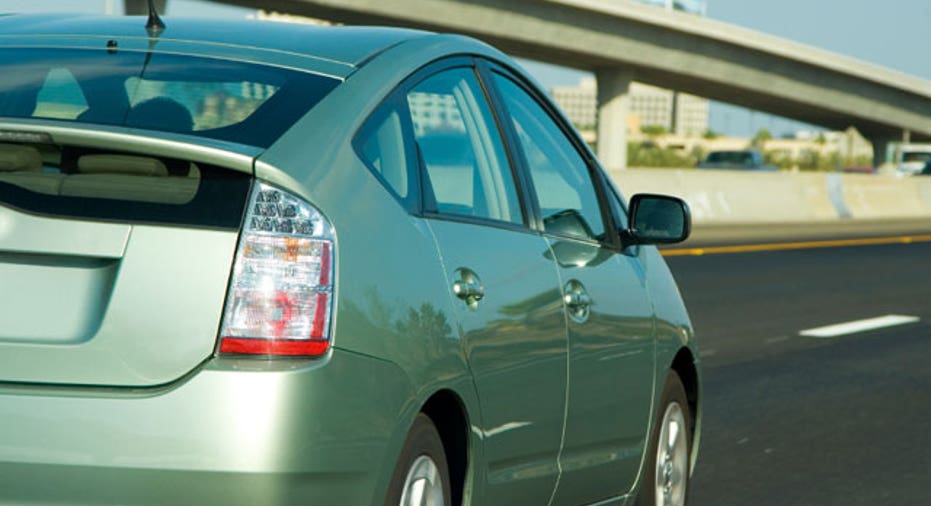Why You Need MedPay in Car Insurance

When searching for ways to lower your car insurance premium, you may be tempted to drop medical payments coverage, aka MedPay, from your policy. After all, it may not be required in your state, and sounds redundant to your health insurance.
But you'd be mistaken to write off MedPay as unnecessary. In fact, the very limitations of most health insurance policies, combined with the glacial pace of insurance settlements and the risks you can offload with this often-misunderstood optional coverage, argue strongly in favor of retaining, if not increasing, your MedPay.
In a nutshell, MedPay makes good on medical bills up to your coverage limit for you, your family and others riding in your vehicle in case of an accident, regardless of who's at fault. Your medical payments coverage moves with you (walking, riding with a friend or on public transportation, in-state or out), as well as with your insured vehicles, regardless of who's driving. It carries no deductible or co-pay.
If you're injured in an accident that another insured driver caused, it can take months for their car insurance company to pay your medical bills. Sure, your health insurance may pay, but increasingly many of us carry high deductibles and co-pays that can stretch our finances to the breaking point before the insurance settlement with the other driver closes.
The beauty of MedPay is it kicks in before the hubcaps stop spinning to pay your medical bills, health insurance deductible and co-pays. It covers myriad other out-of-pocket costs that your health policy probably won't touch, including ambulance fees, chiropractic, dental, prosthetics and, in a worst-case scenario, funeral expenses.
In the 12 "no-fault" states (Florida, Hawaii, Kansas, Kentucky, Massachusetts, Michigan, Minnesota, New Jersey, New York, North Dakota, Pennsylvania and Utah), MedPay can even pick up the co-pay on the personal injury protection, or PIP, portion of your car insurance or kick in seamlessly with 100% coverage after you've exhausted your PIP.
The premium for MedPay is so miniscule -- often less than $20 per year for up to $10,000 in coverage -- that the benefits you'd receive on just one claim could pay for decades of peace of mind.
"For example, if your health insurance has a $1,000 deductible, a 20% co-pay and you have a $5,000 medical claim from an accident, with your health insurance you would typically pay $1,800 out of pocket," says Christy Moulton Perry, director of product management for Great Northwest Insurance Co. "But with your MedPay, you would pay zero out of pocket. That's a big difference."
MedPay can be especially important for drivers without health insurance. But forget about using it as a stand-alone substitute. You must carry auto liability coverage in order to purchase MedPay, and you'd have to be injured in an auto-related accident to use it.
Unlike liability coverage, MedPay policy limits do not refer to the total available coverage, but instead to the amount available to each covered injured individual. That means if you, your spouse and your two children were injured in an auto accident, each of you could collect the limit amount on your $5,000 MedPay coverage for a total of $20,000. However, your insurer won't pay the same bills under both your MedPay and liability coverage.
If you live in one of the nearly 30 states that allow "stacking" of auto coverage, you may be able to stack your MedPay coverage by the number of vehicles on your auto policy. That means that if you own three insured vehicles and stack your $5,000 MedPay coverage, you would have a total of $15,000 in MedPay available to you or other covered individuals in an accident.
Despite the compelling arguments in favor of MedPay, nearly one in four State Farm drivers chooses to roll without it in states where it is offered, according to spokesman Kip Diggs. Those who choose to do so can either afford to self-insure for the cost of items covered under MedPay or are willing to roll the dice if it means saving a couple of bucks a month.
But Perry says a smarter move for many would be to boost coverage from the standard levels of $1,000 to $5,000 up to $10,000 or more. The cost to move from $2,000 to $10,000 in MedPay on a Travelers auto policy is around $10 per year, according to agent Shawn Wainwright of Brown & Brown Insurance in Florida.
"Going up to $50,000 or even $100,000 usually costs very, very little and can be worth it," Perry says. "I know one case where the driver only had $5,000 (MedPay) and had a serious accident in which she was disabled for a long time. A year and a half after her accident, her credit had been ruined because she had all of the hospital bills she couldn't pay. Even though the other car insurance company acknowledged liability, she had to wait for the entire claim to be closed before she could get that recovery."
"I generally would never tell anybody that they don't need it or don't have use for it," she says. "You need that MedPay."



















